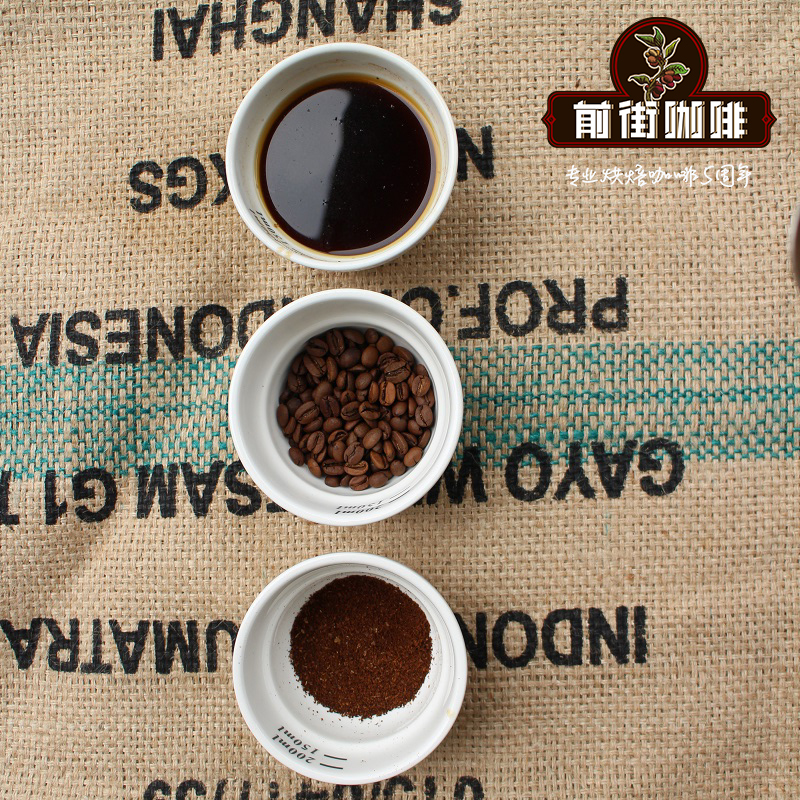Introduction to the flavor of grapefruit G1 washed coffee in Yegasuefei Guji, Ethiopia

Professional coffee knowledge exchange more coffee bean information please follow the coffee workshop (Wechat official account cafe_style)
Ethiopia has an almost legendary status among coffee-producing countries, not only because it is the "birthplace" of Arabica coffee, but also because it is different from most coffee-growing countries, coffee is not a plant that colonizes foreign cash crops. Growing, processing and drinking coffee has been part of the local way of life for centuries, and it was first discovered that coffee grown in the forest was gradually artificially grown for household use and commercial sale.
The administrative division of Ethiopia is quite different from that of our country. As of January 2019, the country was divided into two autonomous administrative regions, including the capital city of Addis Ababa and the commercial city of Diredawa, as well as nine ethnic states. Coffee production is mainly distributed in three ethnic states, namely, Oromia (Oromia), Southern ethnic States (SNNP) and Gambela.
The flavor of Ethiopian coffee has different flavors due to a variety of factors, including varieties, treatment methods and the unique microclimate of micro-batch plots. The general experience is that sun-processed coffee has a more obvious taste of fruit and dark chocolate, usually with a bit of wine-like characteristics and a better thickness. Coffee processed with water will also have more acidity.
The Guji producing area we are talking about is located in the middle of the state of Oromia, while Hambela is located in the west of Guji. So when it comes to Yejia Xuefei, its administrative division is quite special, part belongs to Oromia, part belongs to SNNP.
An overview of coffee
Producing areas: Sidama, Yirgacheffe, Harrar, Limu, Djimma, Lekempti
Coffee varieties: Isabia native seed treatment: washing, sun drying
Grading standard (local): washed raw bean grade G1 (Defects 0-3) and G2 (Defects 4-12), sun-dried raw bean G3 (Defects 13-25) G4 (Defects 25-45) G5 (Defects 46-100)
Weight of each bag of coffee: 30 kg 60 harvest time: November to December to delivery: May to June of the next year
Grapefruit G1 washing
Producing area information
Ethiopian Guji
Haro Sorsa production area 1800 m ~ 2100 m
Bean information
Water-washed native species in 2019 season
Important Notice :
前街咖啡 FrontStreet Coffee has moved to new addredd:
FrontStreet Coffee Address: 315,Donghua East Road,GuangZhou
Tel:020 38364473
- Prev

Ethiopia Yega Sheffield Ahlei small farmers wash G1 what is the variety and flavor?
Professional coffee knowledge exchange more coffee bean information please follow the coffee workshop (Wechat official account cafe_style) Ethiopia is an agricultural country with a history and tradition of coffee origin. The place where the name coffee comes from is Kafa in the southwest, while the Sidamo place in the south is the main producing area, and Yegashafi is one of the southern producing areas of Sidamo. Eastern part
- Next

Guatemala Antigua meaning Guatemala Antigua coffee taste flavor profile
Professional coffee knowledge exchange More coffee bean information Please pay attention to coffee workshop (Weixin Official Accounts cafe_style) Antigua Island is located in the West Indies, Antigua: In Spanish, Antigua means ancient, ancient. Antigua is internationally known for its high quality coffee. This area is located in a valley between three volcanoes and the climate is ideal for growing coffee. soil
Related
- Detailed explanation of Jadeite planting Land in Panamanian Jadeite Manor introduction to the grading system of Jadeite competitive bidding, Red bid, Green bid and Rose Summer
- Story of Coffee planting in Brenka region of Costa Rica Stonehenge Manor anaerobic heavy honey treatment of flavor mouth
- What's on the barrel of Blue Mountain Coffee beans?
- Can American coffee also pull flowers? How to use hot American style to pull out a good-looking pattern?
- Can you make a cold extract with coffee beans? What is the right proportion for cold-extracted coffee formula?
- Indonesian PWN Gold Mandrine Coffee Origin Features Flavor How to Chong? Mandolin coffee is American.
- A brief introduction to the flavor characteristics of Brazilian yellow bourbon coffee beans
- What is the effect of different water quality on the flavor of cold-extracted coffee? What kind of water is best for brewing coffee?
- Why do you think of Rose Summer whenever you mention Panamanian coffee?
- Introduction to the characteristics of authentic blue mountain coffee bean producing areas? What is the CIB Coffee Authority in Jamaica?

